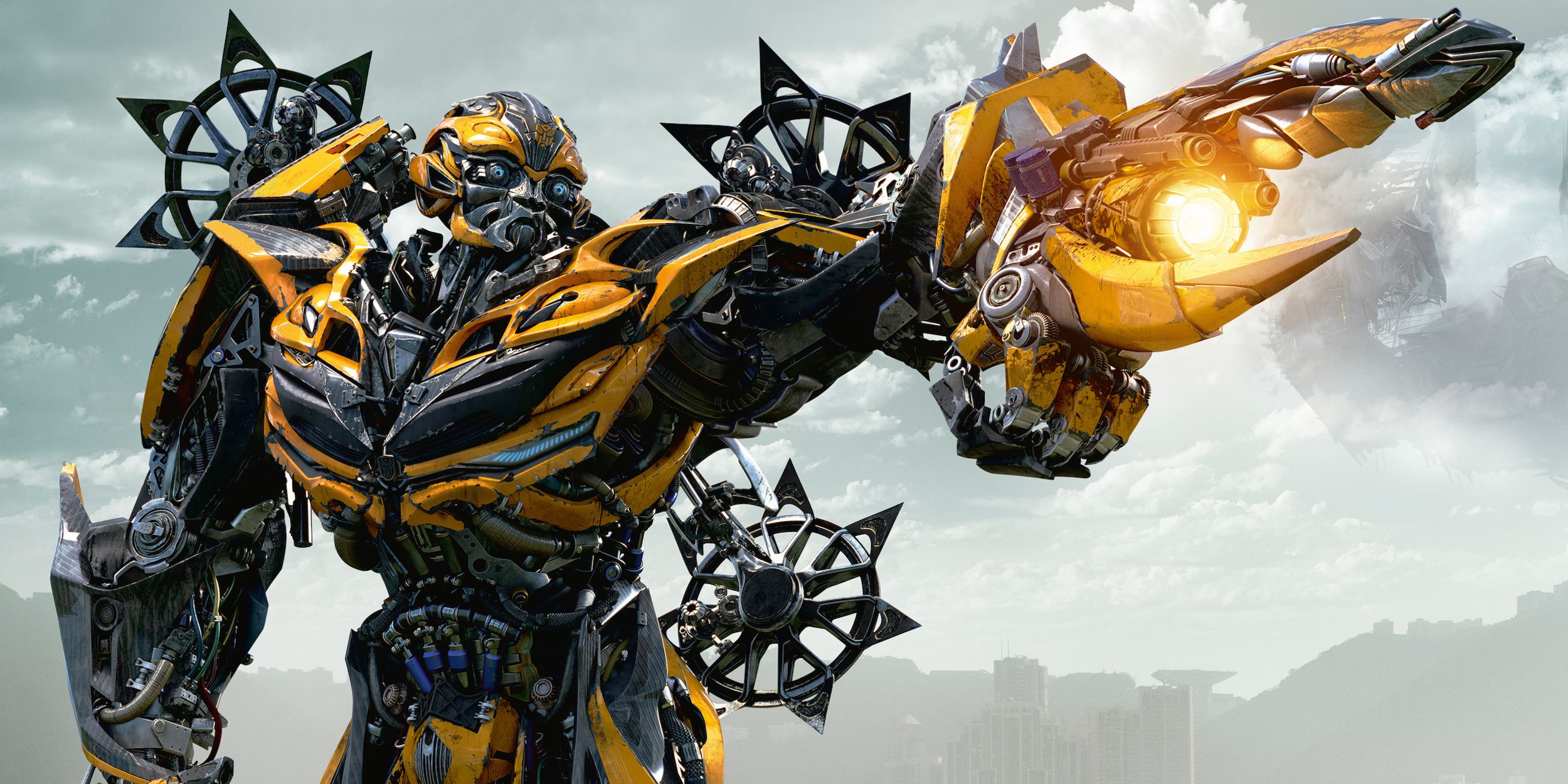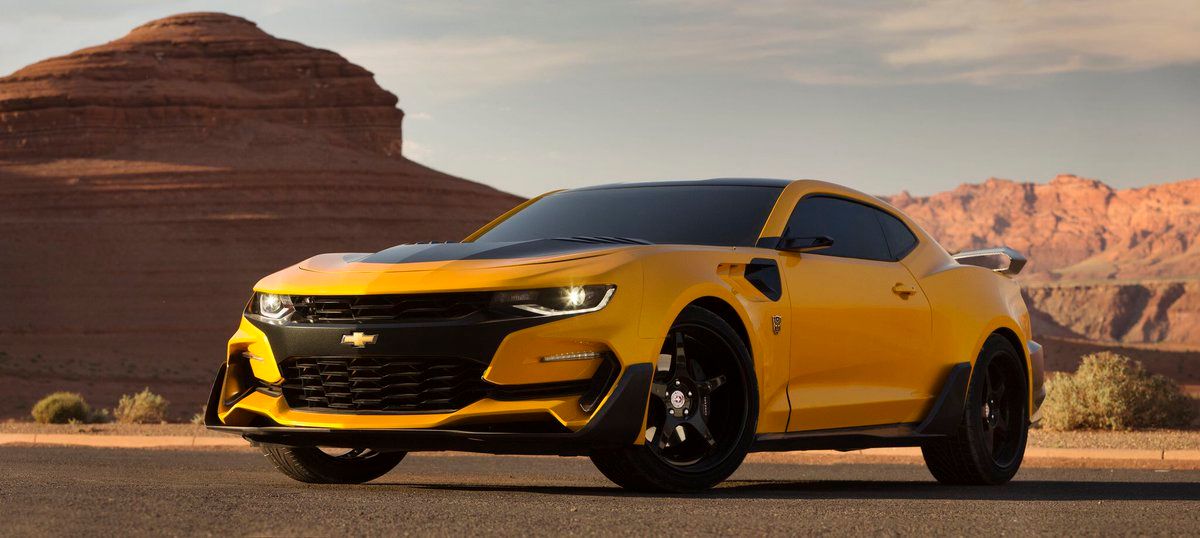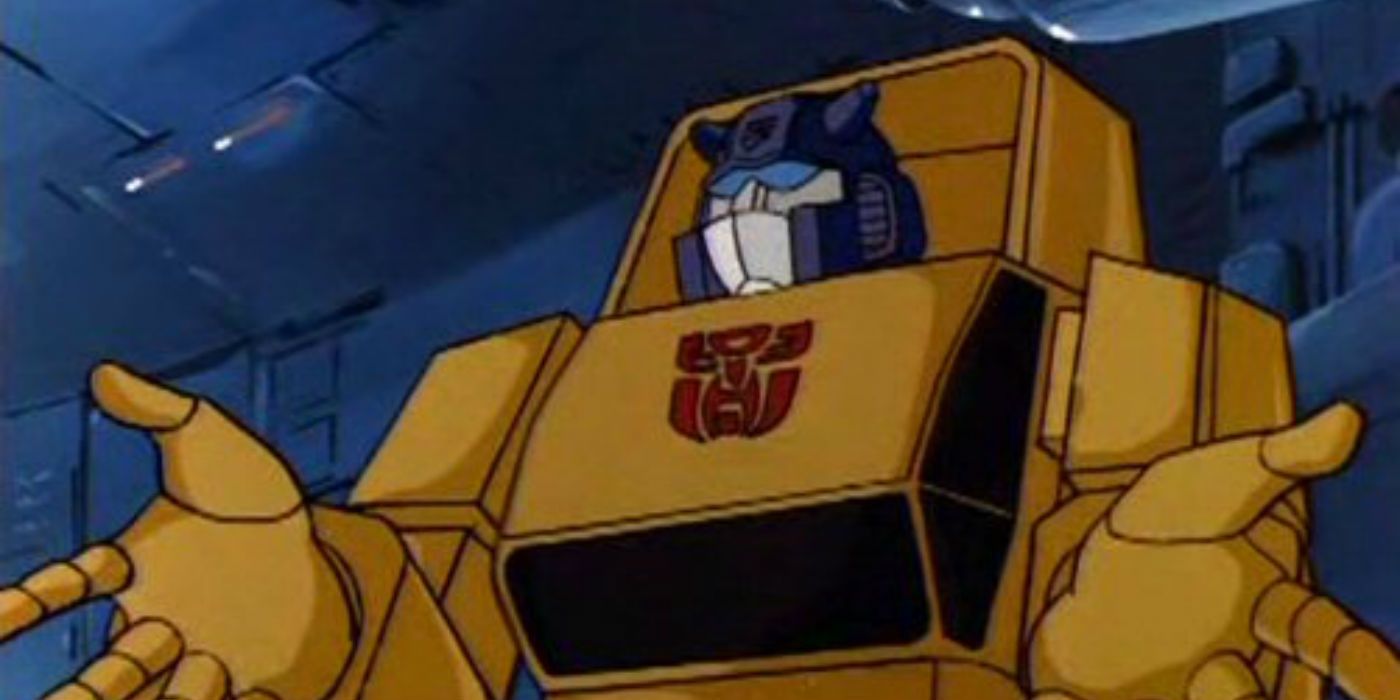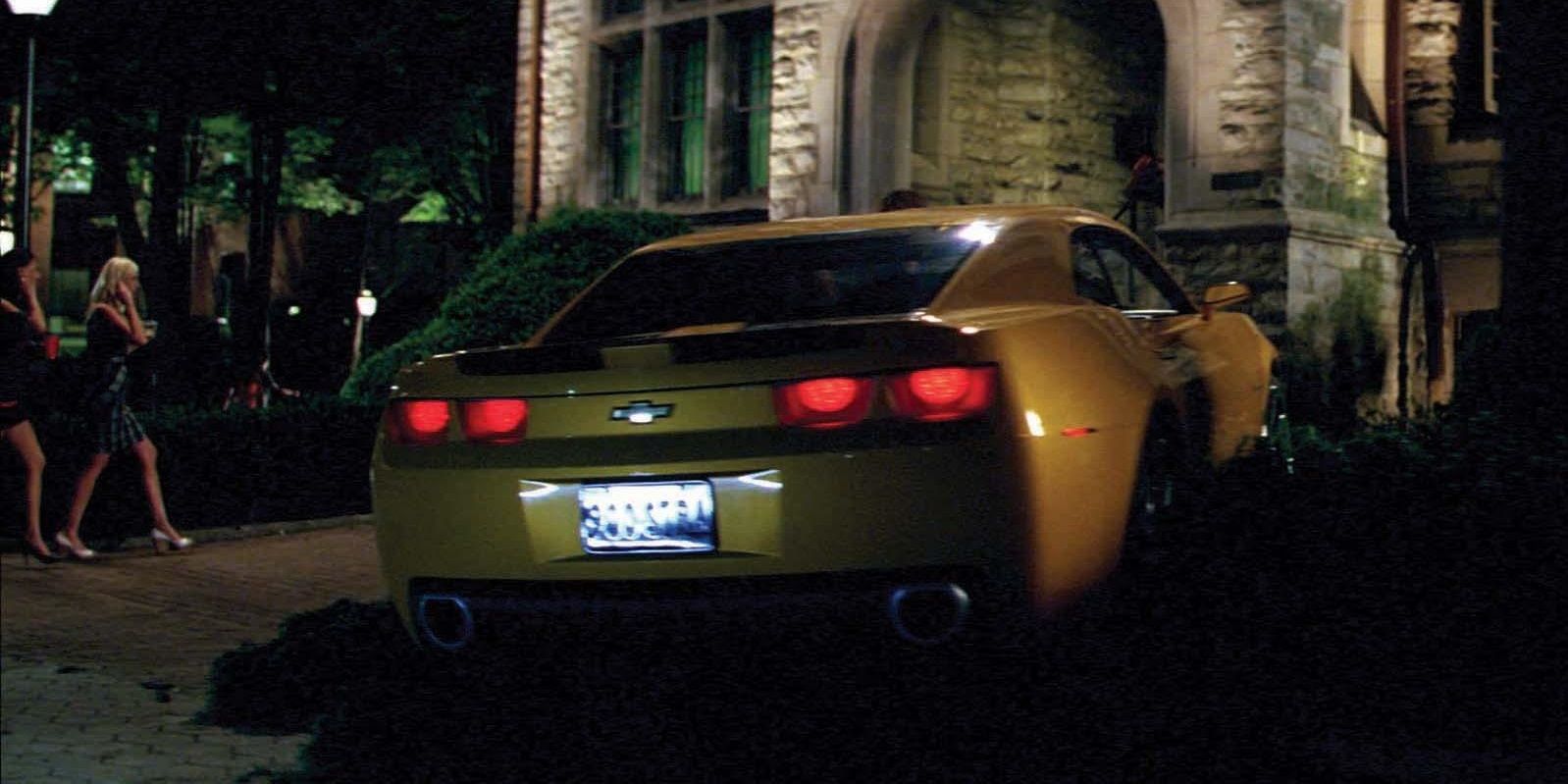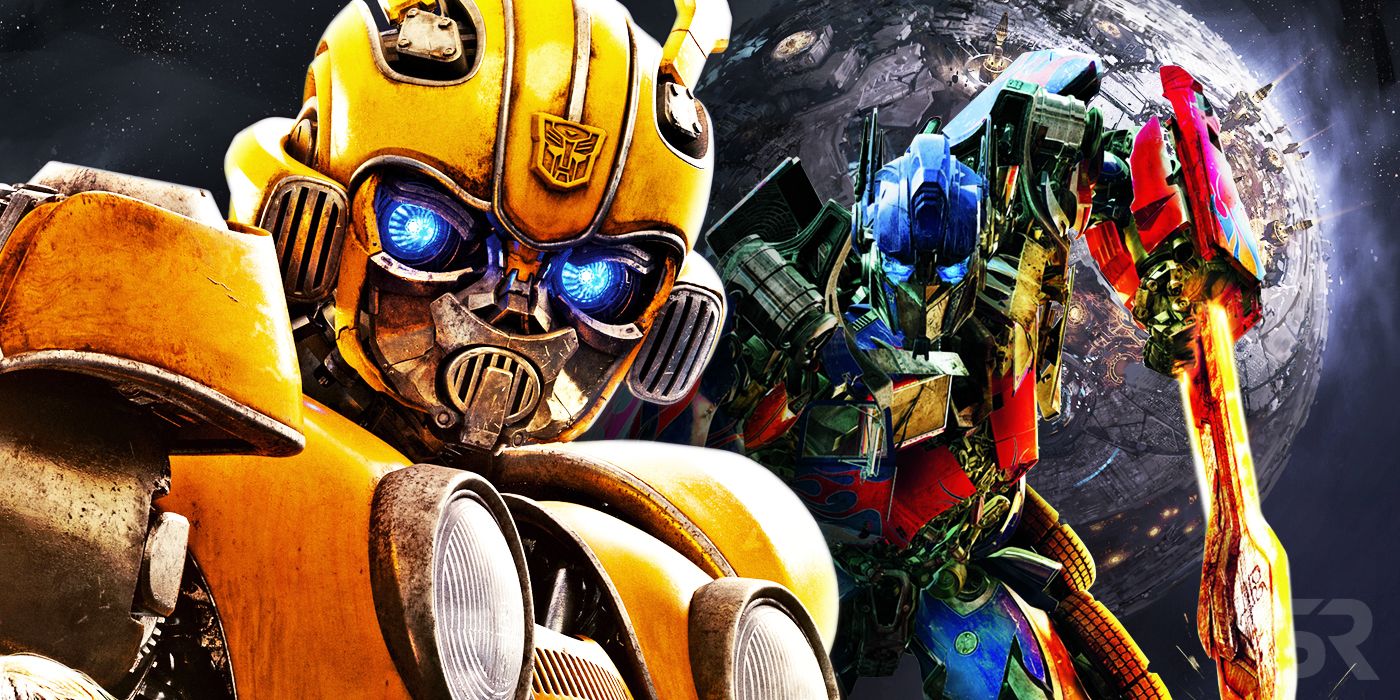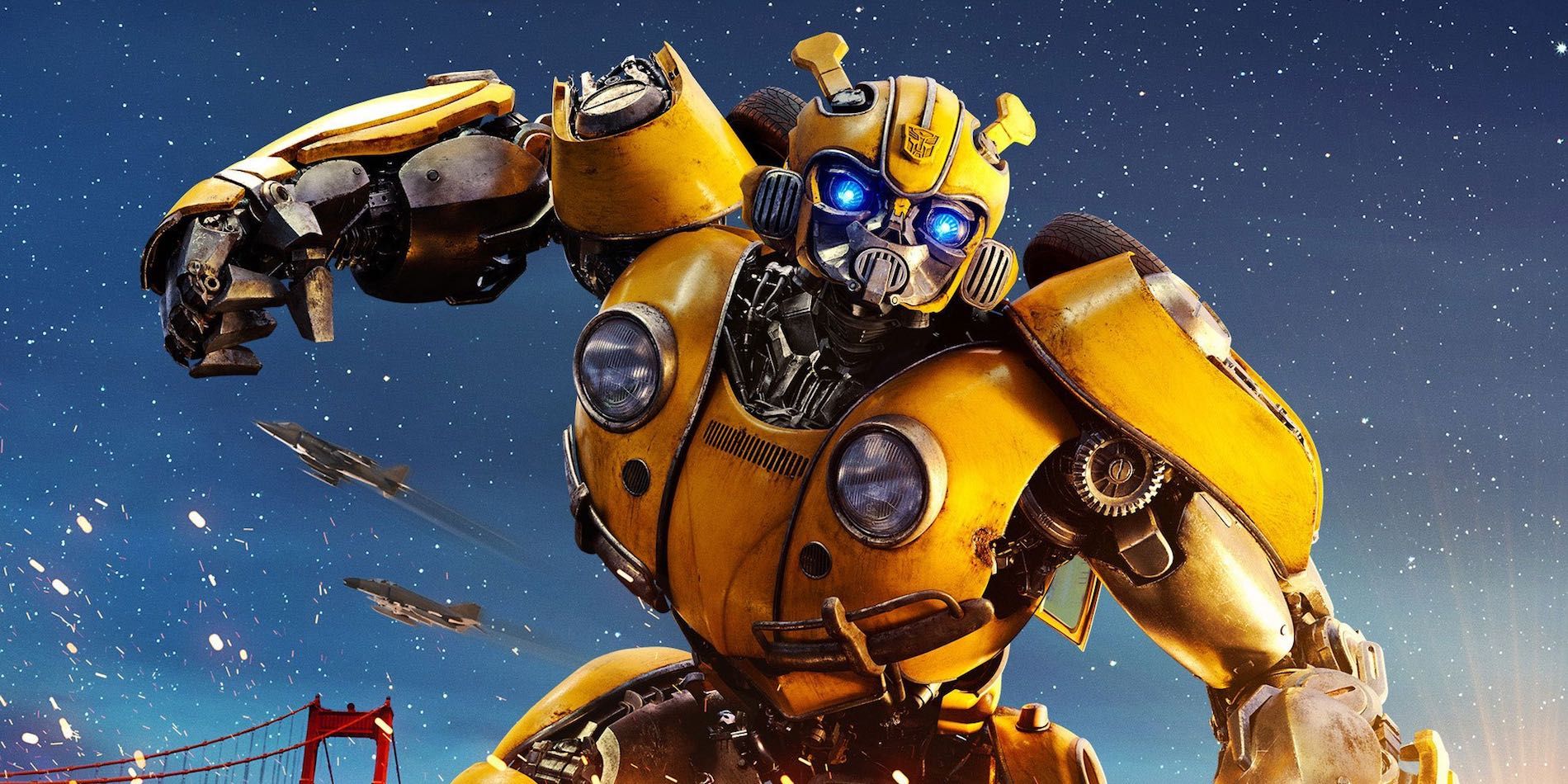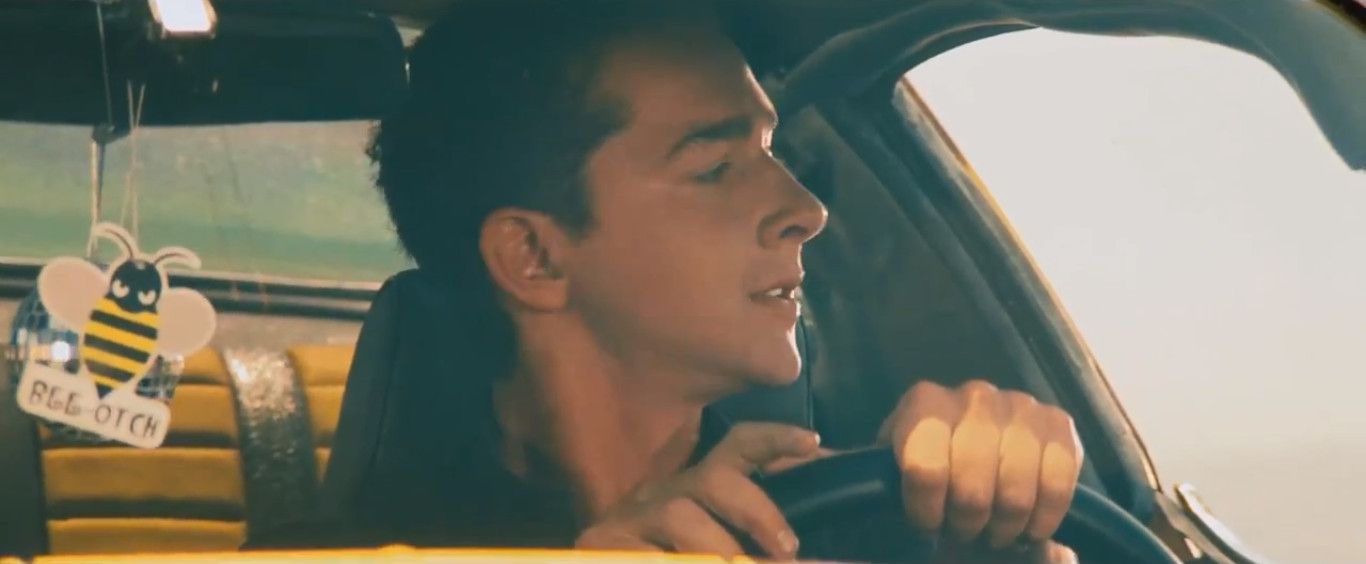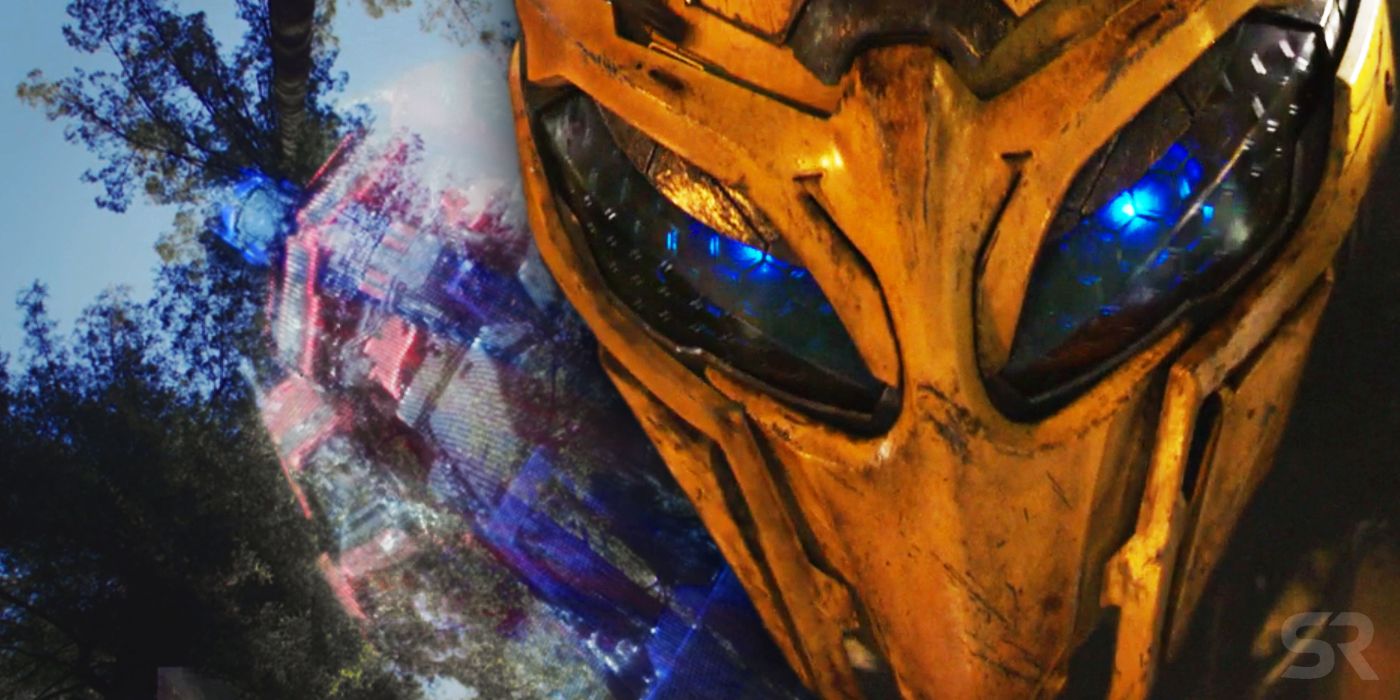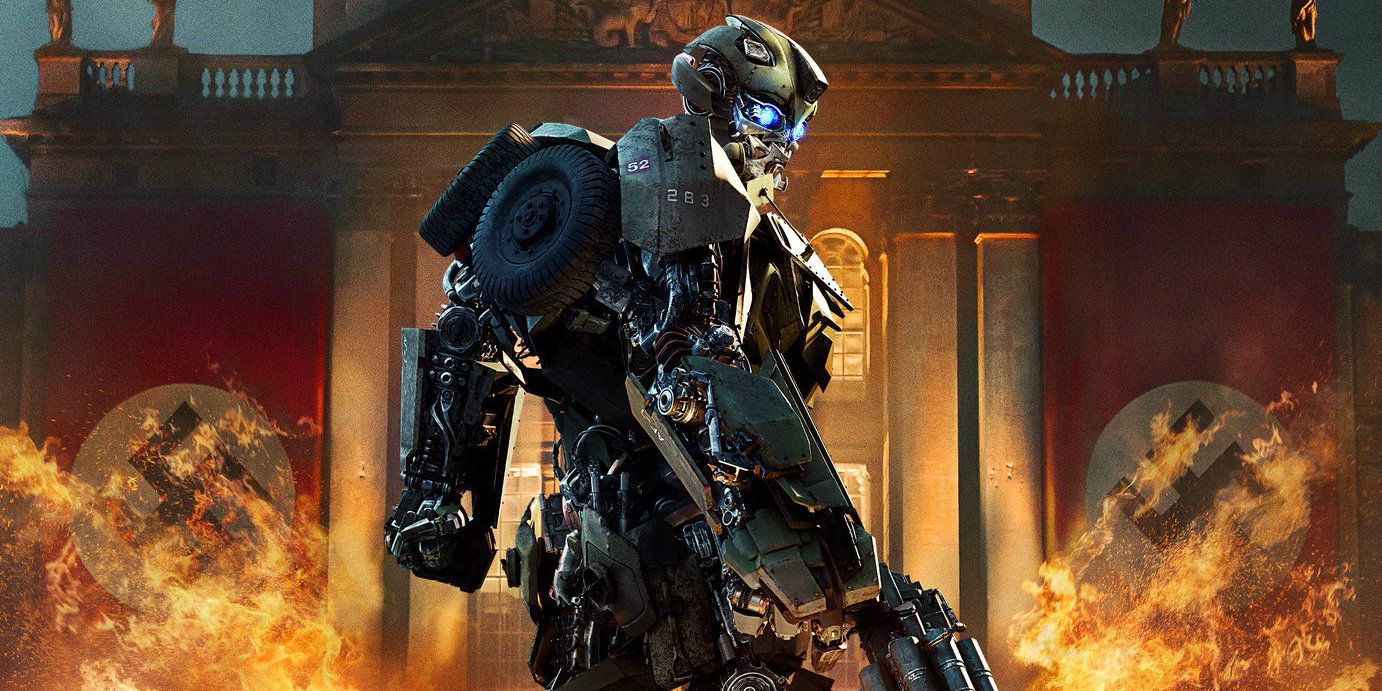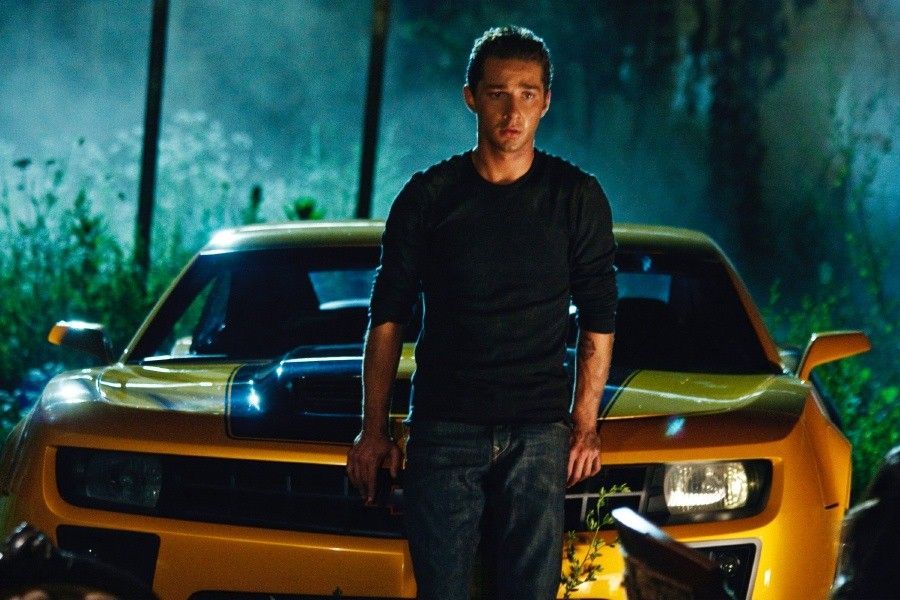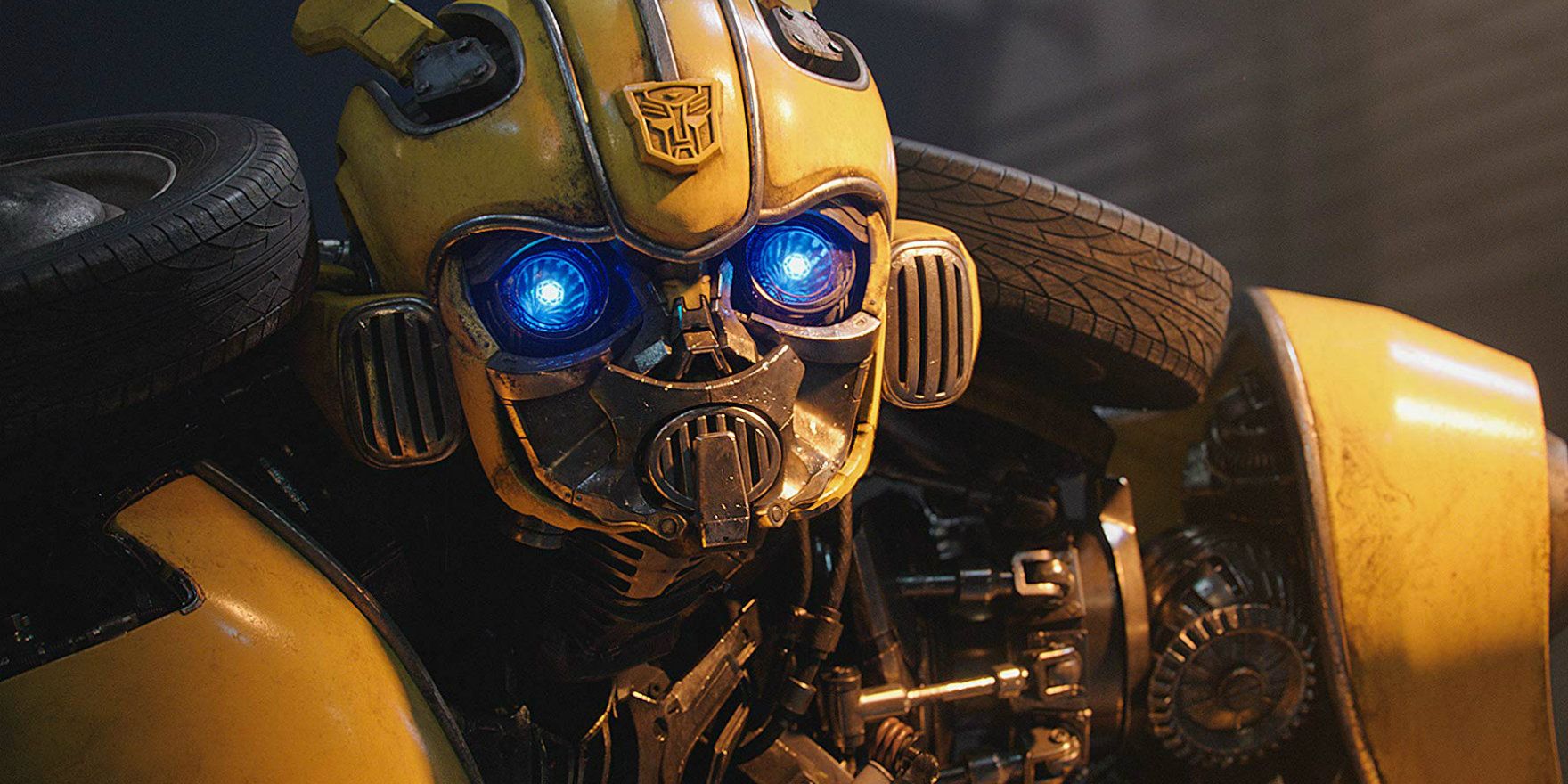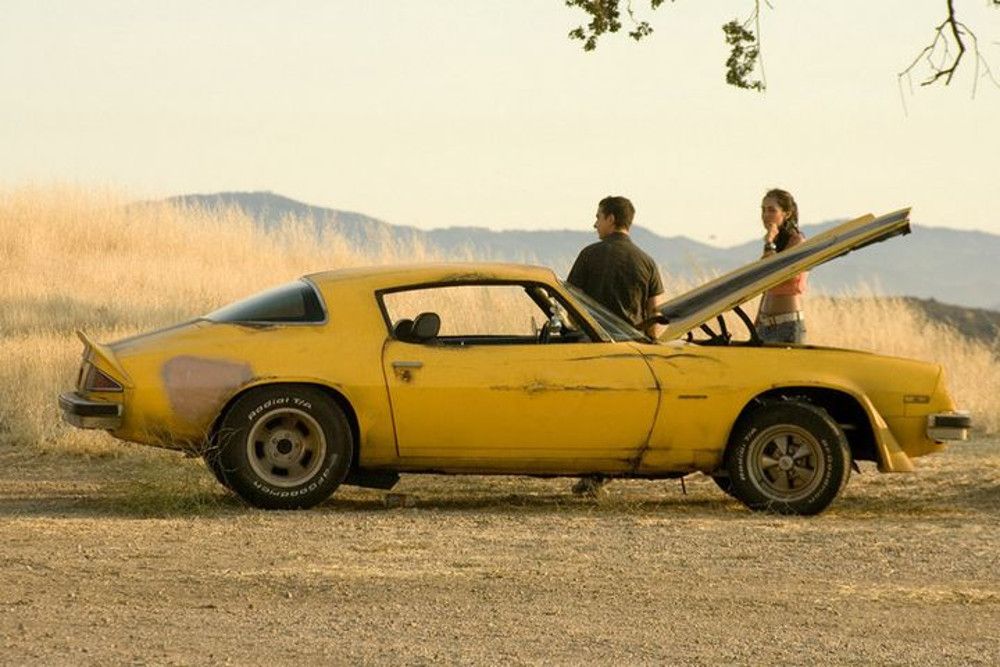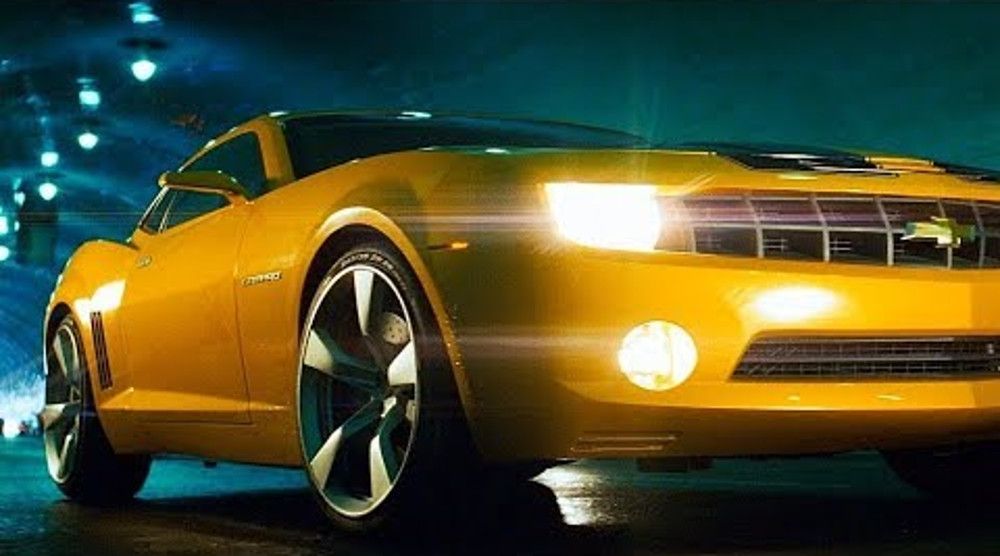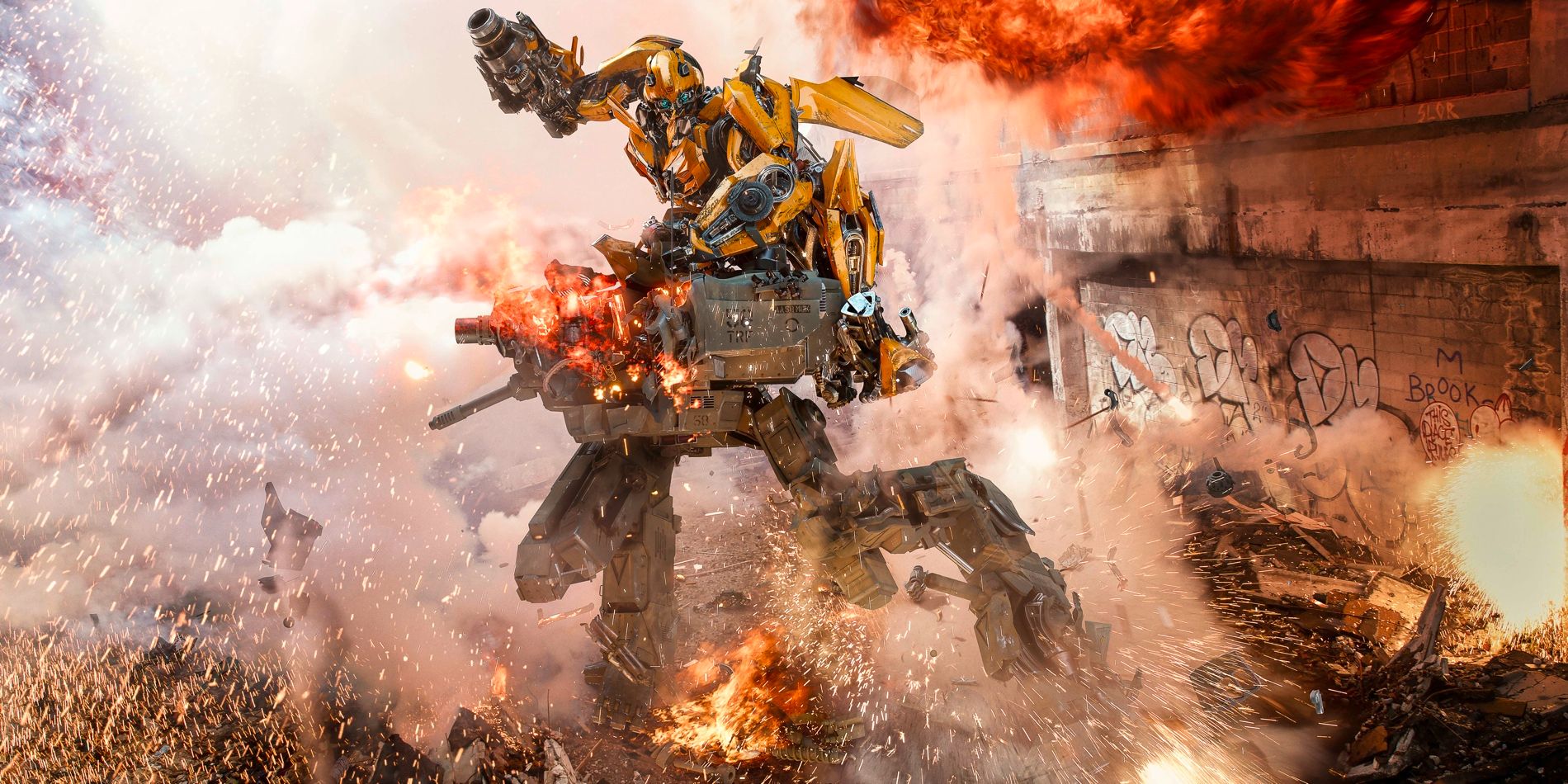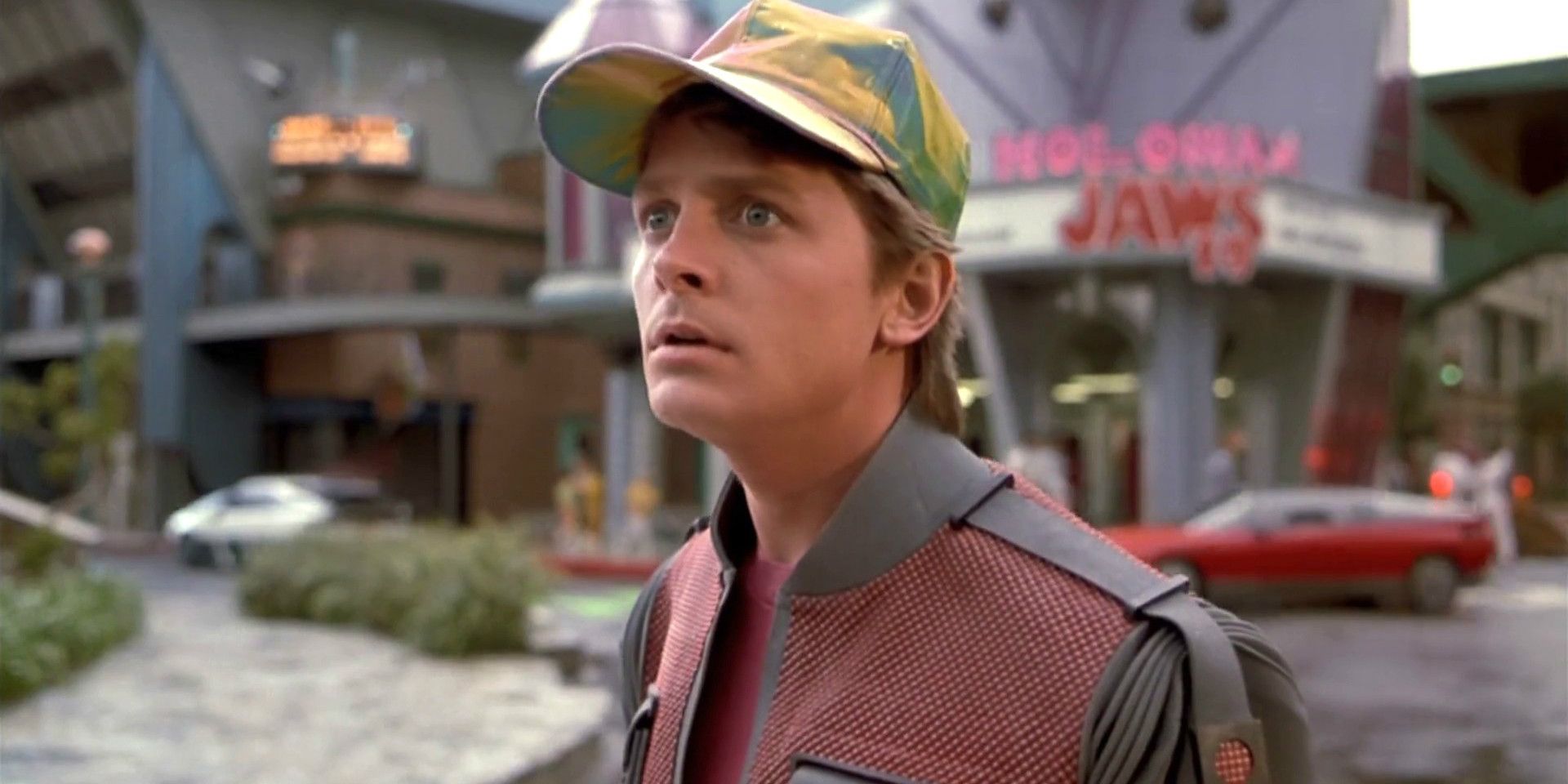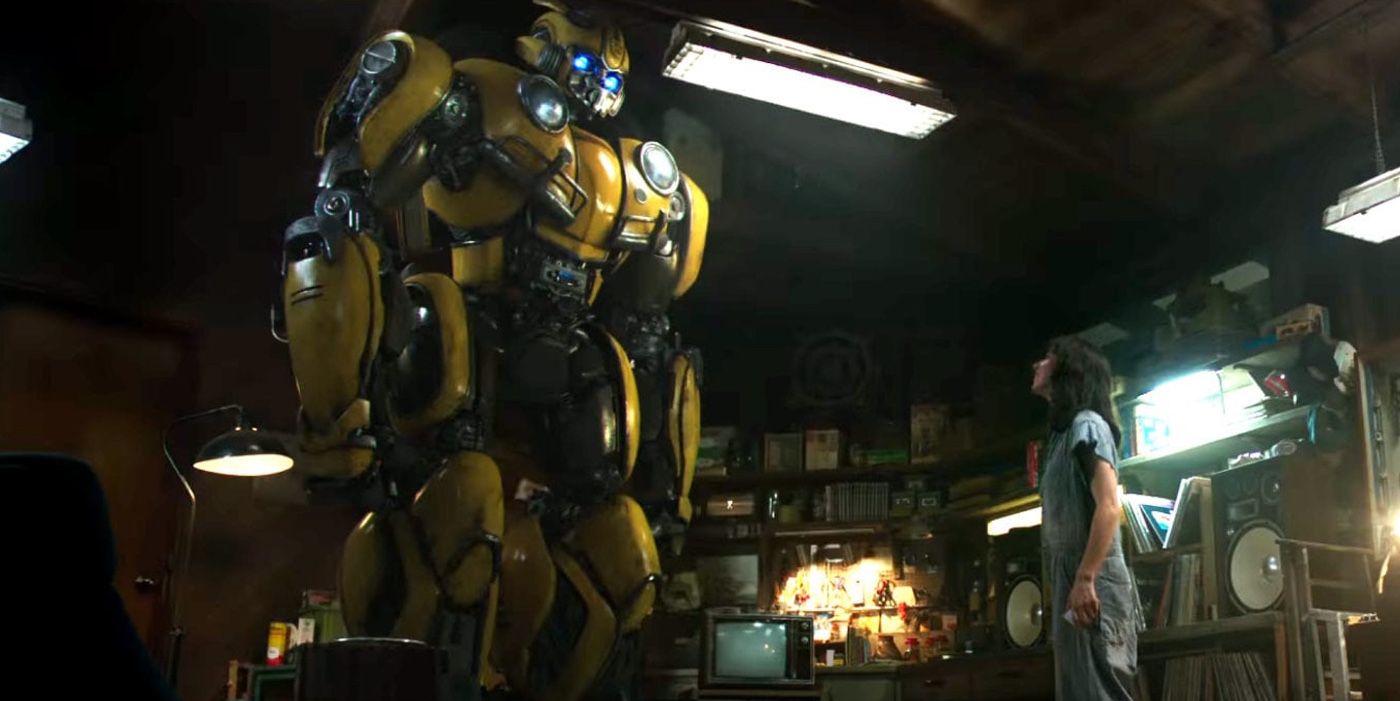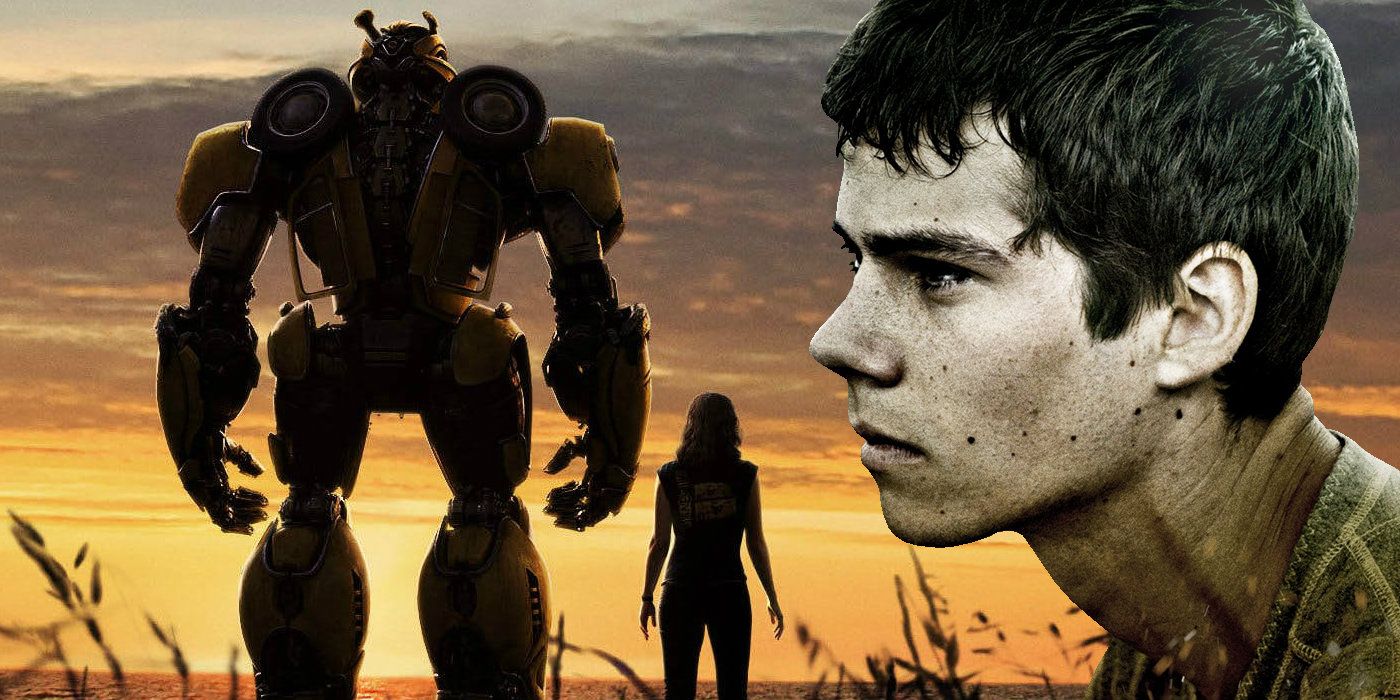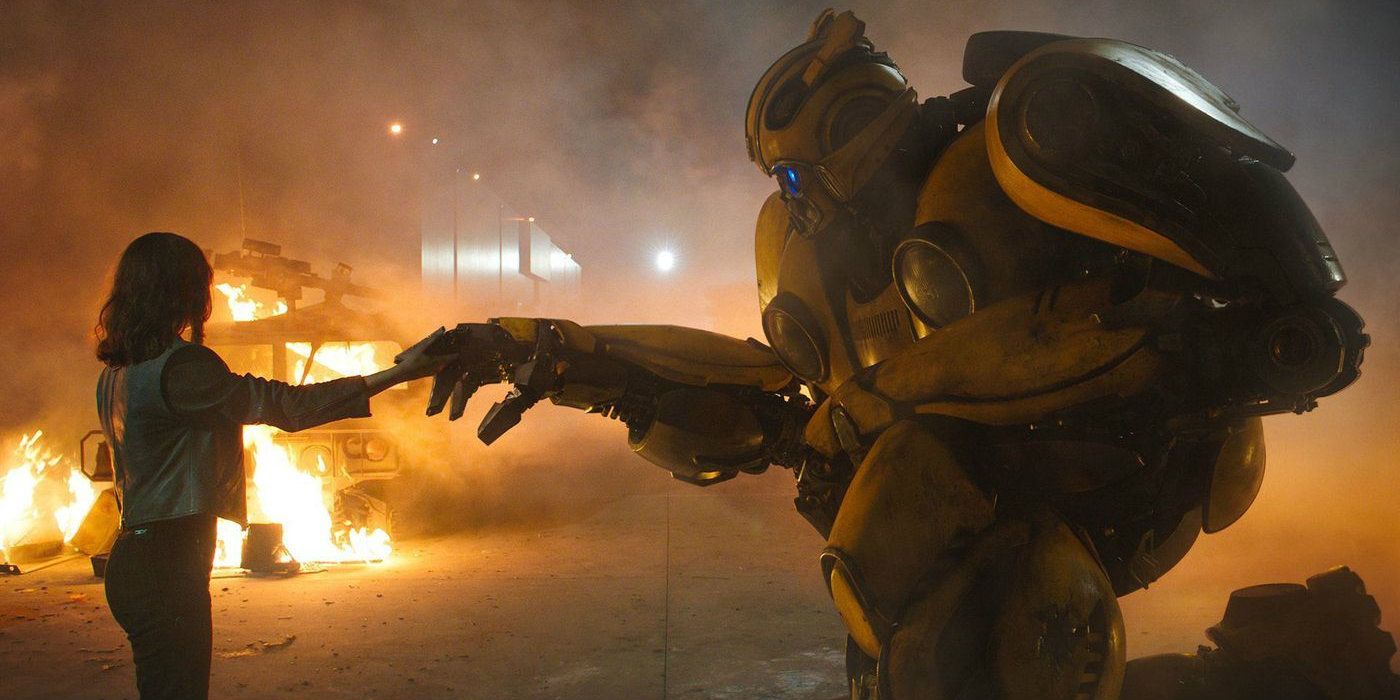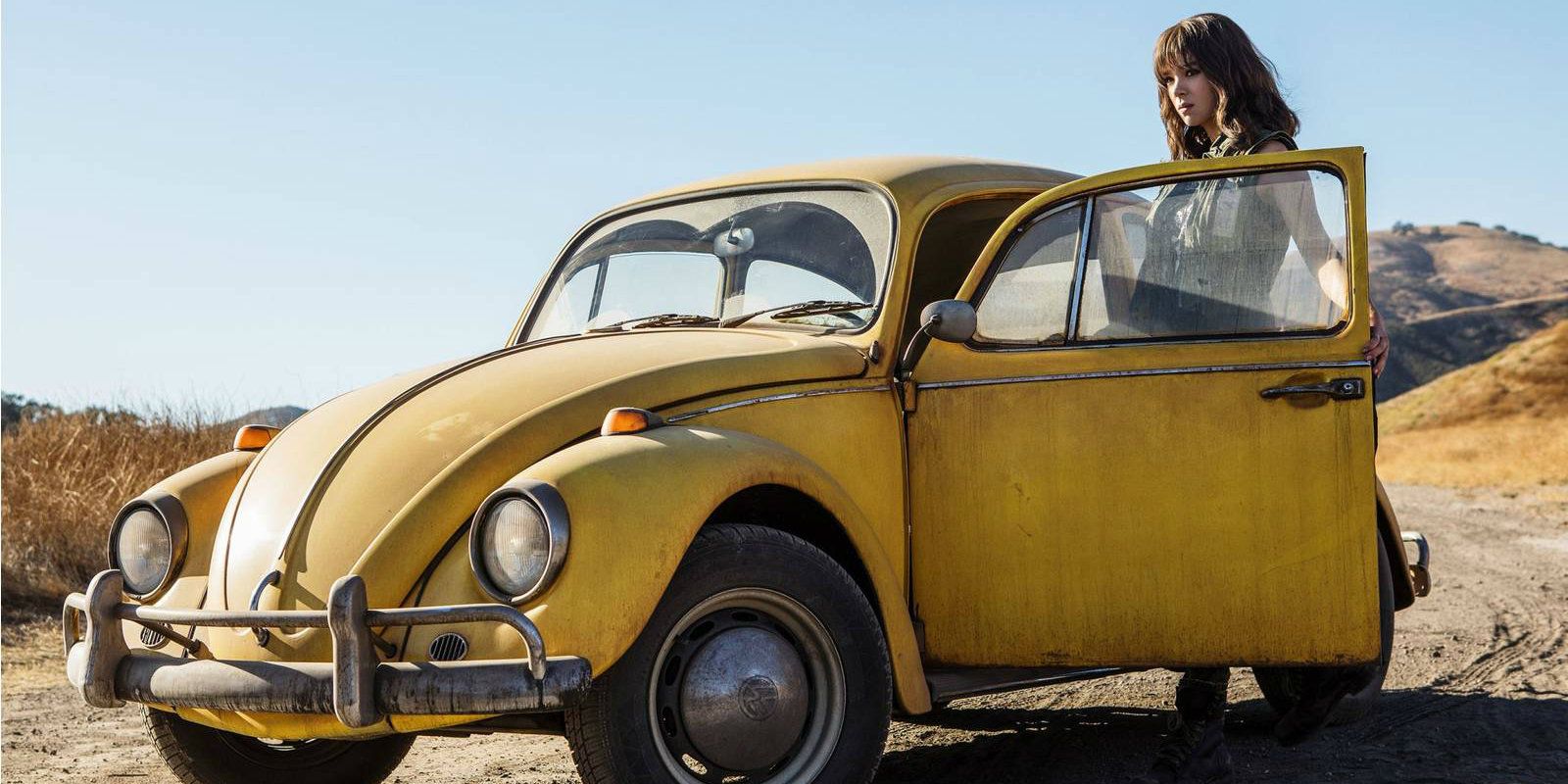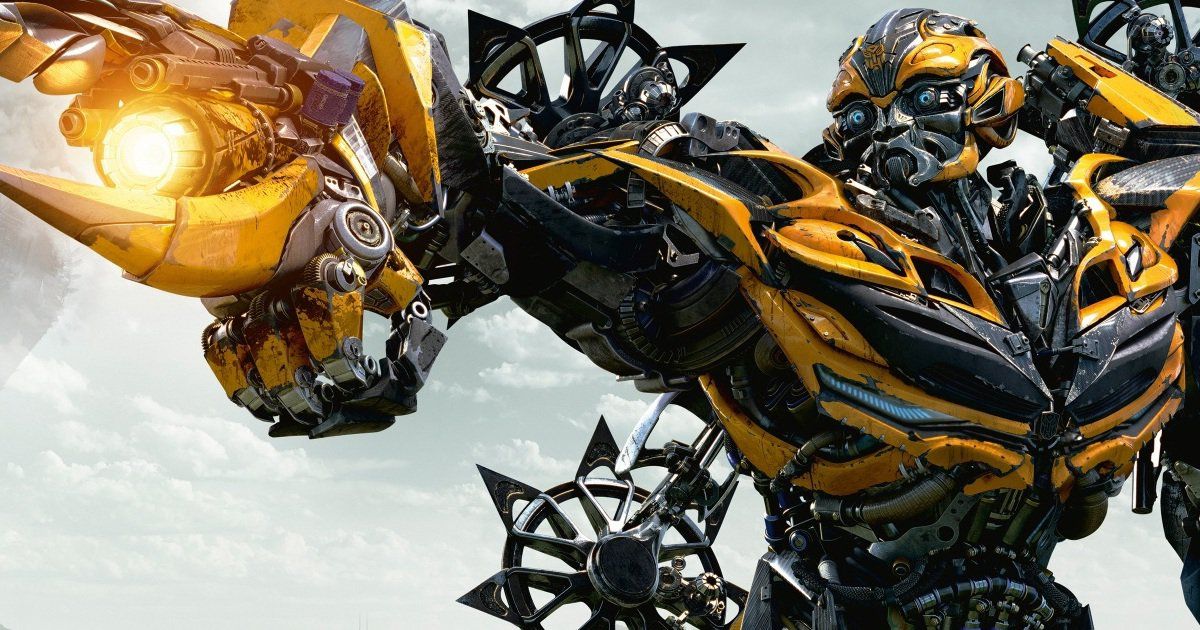Don’t let his less-than-impressive moniker fool you: Bumblebee is easily one of the most beloved characters in the entire Transformers franchise. What’s more, Bumblebee can trace his roots all the way back to 1984’s Generation 1 toyline, and was the second ever robot in disguise to feature in the associated animated TV series. Since then, he’s been part of the heroic Autobots’ team roster in several subsequent cartoons, as well as live-action movies, video games and comic books – so much so that it’s hard to imagine a Transformers adventure without him.
It’s fair to say we’ve learned quite a bit about Bumblebee over the years, with his recent self-titled big screen spin-off shedding even more light on his past exploits. Upon reviewing Bumblebee’s history, something that really stands out is just how unusual his anatomy is – even for a cybernetic alien life form able to shape-shift into a vehicle! Whether it’s in-universe factoids (like the cause of the vocal impediment that plagues the plucky Autobot in some of his incarnations) or real world trivia (like the staggering number of digital “parts” needed to build his CGI model), there’s a lot about Bumblebee’s body that beggars belief.
To celebrate the release of Bumblebee, we’ve combed through the last 34 years worth of Transformers stories across all media to isolate the very craziest facts about this popular character's anatomy. There were plenty to choose from, so we’ve whittled it down to include only the most fascinating findings.
Here are 20 Strange Details About Bumblebee's Anatomy.
He Has Had 8 (Main) Alternate Modes
If your only knowledge of the Transformers series is derived from the film franchise – and you haven’t yet made it to cinemas to see Bumblebee – you’ll be surprised to learn his original alternate mode was a Volkswagen Beetle. Although this (and not the Chevrolet Camaro mode seen in the movies) is arguably Bumblebee’s most iconic mode, it’s far from the only vehicular camouflage he’s adopted over the years.
On the contrary: Bumblebee has transformed into an AMC Pacer, a Suzuki Swift Sport, a Supermini police cruiser, a Chrysler ME 412 concept car and an Urbana 500 (a fictional model of muscle car). Then there are the instances where he’s based his alternate mode on non-terrestrial transports hailing from his homeworld, Cybertron, which we don’t even really have a name for!
He Once Had A Full-Body Re-Build
As the “baby brother” of the Autobots, Bumblebee has a bad habit of getting in over his head when trying to prove to his more experienced peers that he’s no longer an ineffectual rookie. Unfortunately, this brash behavior often has serious consequences for our hero, and he often doesn’t escape these precarious situations unscathed.
Indeed, Bumblebee has sustained some eye-wateringly brutal injuries over the years as a result of his recklessness. Like the damage he suffered at the hands of Superion – one of his fellow Autobots who was acting under the influence of an alien spore infection – which nearly proved fatal. Luckily, it was possible to reconstruct Bumblebee as a Throttlebot (a Transformers sub-species), and he assumed a new name, Goldbug, to match his new body.
He's Had 11 Different License Plates
The Autobots and their enemies, the Decepticons, rely on their alternate forms to blend in with their earthly surroundings. In order to fully maintain this ruse, Transformers on both sides have taken even the tiniest details into consideration. That’s why every robot in disguise able to transition into a road-based vehicle sports their own license plate – or in Bumblebee’s case, 11 different license plates across different media.
Amazingly, the movie version of Bumblebee alone has rocked eight different license plates. As a ‘76 Camaro in the first Transformers, his plate number was 489 PCE, while his upgraded Camaro Concept and SS forms are tagged with 900 STRA. Oddly, when Bumblebee was in robot form in that film (and its sequel, Revenge of the Fallen) his plate read 4NZZ454, although by Dark of the Moon, this inconsistency had mysteriously resolved itself.
He Communicates With Other Transformers Via Inter-Autobot Frequencies
As one of the younger, more high-spirited Autobots, Bumblebee is traditionally depicted as being an outspoken member of the team. However, that went out the window with the release of Michael Bay’s first Transformers flick, where Bumblebee was portrayed as being mute due to a pre-existing wound to his voice box. This left the poor 'bot unable to speak – though that didn’t mean he couldn’t communicate at all.
When interacting with his human ally Sam Witwicky, Bumblebee relied on carefully selected audio samples hijacked from radio and television signals. This wouldn’t do when it came to keeping his Autobot comrades in the loop, though. That’s why Bumblebee used a different method of expressing himself in these scenarios: inter-Autobot frequencies – the Transformers equivalent of sending an instant message!
His Arm-Mounted "Stingers" Weren't used In The Movies
Anyone who knows anything about filmmaking will tell you that plenty of concepts – even those that are finalized during pre-production – don’t make it onto the silver screen. Take Bumblebee’s arm-mounted “stingers," for example: these energy-based weapons were signed-off by director Michael Bay for inclusion in his Transformers movies, but were never actually incorporated into any of the films’ fight choreography.
That didn’t mean the idea went to waste, though. As fans who watched the Transformers Animated TV show can attest, the stingers were recycled for Bumblebee’s cartoon character model. The weapons – cool retractable barbs that extend from the Autobot’s hands and emit a shock – were featured frequently, more than making up for their absence on-screen.
He Has A Bee-Shaped Air Freshener When In Disguise
We’ve mentioned already that Transformers go to great lengths to ensure that their alternate forms are utterly convincing so that they can operate covertly. That’s why they even take the extreme measure of adding little details like license plates to their bumpers and decorative decals to their paintwork. It’s also why one of the components of Bumblebee’s Camaro disguise in the Transformers movies is an air freshener dangling from the rear-view mirror.
That said, we’re not sure if this particular touch was the smartest move, as – being a bee-shaped freshener – it kind of gives away his identity to any Decepticons who might be hunting for him! It’s also caused unintended problems in real life, too: merchandiser Alia Madden filed an $850,000 lawsuit against the filmmakers, alleging that the Bumblebee air freshener design illegally emulated one of her own.
His Mouth Plate (Not His Voice Box) Creates His Vocal Noises
Transformers: Prime is a computer-animated TV series that launched in 2010, and spotlighted the so-called “Team Prime” roster of Autobots: Optimus Prime, Arcee, Bulkhead, Ratchet, and Bumblebee. Although the series wasn’t a direct tie-in to Michael Bay’s film franchise, it was spearheaded by Alex Kurtzman and Roberto Orci, who penned the Transformers' first two big screen outings.
Unsurprisingly, more than a few concepts from the movies were carried across to Prime, most notably, Bumblebee’s oral impairment. However, Kurtzman and Orci didn’t fully retread old ground here, and revamped how our Autobot hero communicates. Rather than re-playing audio clips or employing inter-Autobot frequencies, Bumblebee uses a series of beeping noises to “speak” with his teammates, which are generated by his specially-manufactured face plate.
His CGI Model Is Made Of 7608 Individual Parts
The re-designed character models for the Autobots and Decepticons as they appear in the Transformers movies are drastically more complicated than their blocky, traditionally animated counterparts. In fact, the CGI models for the Transformers are incredibly complex. Just to create the digital version of Bumblebee alone required a whopping 7608 individual components, 1,511,727 polygons, 19,722 rig nodes, and 8094 texture maps.
The end result: robot warriors that looked undeniably more realistic than their cartoon counterparts – but that quickly became visually overwhelming when sharing the same scene. That’s why it's good that Bumblebee eturned to more Generation 1-inspired designs for Bumblebee and the other Transformers. It's exciting to watch action scenes where we can actually process what’s happening!
He Can Blow Himself Up At Will
In Transformers: The Last Knight, Bumblebee is inexplicably able to explosively self-destruct and then magnetically re-assemble himself at will. This ability comes out of nowhere – it’s not something we’ve seen him do in other media, and it’s never explained how it works at any point during the movie.
The best theory we’ve seen comes courtesy of the Transformers Wiki, which suggests that Bumblebee is somehow copying a capability demonstrated by the KSI drones in Age of Extinction. In that film, the drones were able disintegrate and then reintegrate as a means of facilitating repairs and transformation, and Bumblebee could be utilizing this in an offensive context, instead. Honestly, this self-destruct “magic trick” doesn’t make a whole lot of sense.
He Is A Different Model Camaro In Every Movie
Michael Bay caused quite a stir when he swapped Bumblebee’s classic Volkswagen Beetle form for a Chevrolet Camaro in Transformers. What most viewers probably didn’t notice was that Bay didn’t merely revise Bumblebee’s alternate form once – he actually tweaked it in every sequel that followed.
Bumblebee upgrades from a ‘76 Camaro to a 2008 Concept in Transformers, then disguises himself as Z/28 in Revenge of the Fallen and an SS in Dark of the Moon. Next, Bumblebee rolls around as a 1967 Camaro and a more recent SS model in Age of Extinction, while he’s a custom-built 2016 Camaro in Last Knight. Director Travis Knight continues the tradition introduced by his predecessor in the Bumblebee spin-off, switching up Bumblebee’s alternate form by finally bringing the Autobot full circle back to his Volkswagen Beetle roots.
Not Every Incarnation Is Mute
It bears repeating: not every version of Bumblebee is unable to speak. Ironically, the opposite is true – the young Autobot is presented as a hot-headed chatterbox more often than not, and was only first portrayed as mute in 2007’s Transformers. This is a hangover from an early draft of the script, where none of the Transformers could speak, a development mandated by the producers who were worried gigantic talking robots would look silly.
Happily, screenwriters Alex Kurtzman and Roberto Orci were able to successfully lobby for the Transformers’ voices to be restored, on the grounds that not doing so would alienate fans. Even so, they decided they liked the idea of Bumblebee losing his voice, as they felt it symbolized that his relationship with Sam Witwicky went beyond mere words.
His 1976 Camaro Prop Cars Cost Under $6,000 Each
Before “evolving” into a 2008 Concept Camaro in Transformers, Bumblebee first bases his alternate form on a much older, slightly beat-up 1976 Camaro. Unlike the newer model car, which – as a prototype, was worth a small fortune – the prop vehicles for the ‘76 Camaro were relatively inexpensive. Three were purchased in total, all costing less than $6,000 each – with the most weathered going for less than $2,000!
Given the rather dilapidated condition of all three cars – as well as the ‘76 Camaro’s reputation for being one of the worst in the model’s history – they received an extensive under-the-hood overhaul. While they appear to have seen better days, these vintage vehicles were more than up to dealing with the challenge of performing in the movie’s high octane set pieces.
His First Big Screen Upgrade Shouldn't Have Been Possible
In the first Transformers movie, Bumblebee starts out disguised as a 1976 Camaro. Unfortunately, the template the Autobot used was far from pristine – it needed a fresh coat of paint, for starters – and the ‘76 model is generally regarded as a bit of a lemon, so he soon began searching for an upgrade. That’s why the minute Bumblebee crosses paths with a brand new 2008 Camaro Concept, he immediately scans it so that he can upgrade his alternate form.
So far, this all makes perfect sense-- there’s just one tiny hitch: Transformers is supposedly set in 2007, two years before the 2008 Concept went on sale. This means it’s exceedingly unlikely that Bumblebee would have encountered one on the road – unless the R&D team at Chevrolet were out for a test drive, perhaps!
There Are Conflicting Explanations For Why He Lost His Voice
Considering that Bumblebee losing his voice is fairly new development – it was only first introduced in 2007’s Transformers – you’d think there’d at least be an agreed upon story of how this came to be. But no, there are several different accounts of how our guy was rendered mute, none of which are 100% consistent with any of the others.
Admittedly, Transformers keeps this element of Bumblebee’s backstory vague, attributing it to an old war wound and leaving it at that. The tie-in comics published by IDW reveal that it was Megatron who destroyed the Autobot’s voice box, while the packaging for the Hardtop action figure claims that a shot fired from that Decepticon’s gun was responsible. The Bumblebee spin-off discards all of these explanations, revealing that Bumblebee’s vocal processors were damaged when he was tormented by Blitzwing.
His Body Language Is Based On Michael J. Fox
Unlike the almost-regal demeanor of Autobot leader Optimus Prime, Bumblebee has a more spunky, youthful disposition as befits his status as team rookie. When the animators at Industrial Light & Magic were looking for live-action reference to help them to bring Bumblebee to life, they studied footage of a young Michael J. Fox.
To be more precise, ILM reviewed footage of Fox as Marty McFly in Back to the Future. Although this influence is understandably downplayed when Bumblebee is mixing it up on the front lines, it’s more pronounced in the more character-driven moments he shares with Sam Witwicky. Pay attention, and you’ll notice our robotic hero using similar casual mannerisms to McFly, as well as walking with a decidedly bowlegged stride that resembles Fox’s own gait.
He Can Switch Between His Movie And Generation 1 Modes
As far as we know, this entry only applies to the version of Bumblebee featured in Japan’s Q-Transformers animated series – or to be more specific, its tie-in video game. Regardless, the fact remains that in Q-Transformers: Mystery of Convoy Returns, Bumblebee (along with his idol, Optimus Prime) can switch between his Generation 1 and movie franchise modes.
Rather than substituting his Chevrolet Camaro for a Volkswagen Beetle, the Bumblebee seen in the game actually mimics a similar model of small car, the Daihatsu Copen. Still, the Copen and the Beetle are so visually similar – especially when rendered in the Q-Transformers simplified cartoony style – that for all intents and purposes, this is Bumblebee’s G1 look.
He Once Assumed Human Form
Another more “off-the-wall” entry, this time addressing the time that Bumblebee assumed a more organic humanoid form, though he didn't look much like Dylan O'Brien, who voices him in part of Bumblebee. Part of a push by Marvel Comics to reinvent the Transformers characters while they held the franchise’s publishing rights, this bizarre change left Bumblebee closer in appearance to a cyborg superhero than a robot in disguise!
Bumblebee’s quasi-human shell wasn’t a fleeting development either. No, the young Autobot embarked on a series of adventures in this form, some of which were as crazy he looked. Bumblebee even met the “god” of the Transformer species, before his new body was so badly damaged in a clash with Thunderwing that he was forced to revert to his more traditional, all-mechanical aesthetic.
His Exact Height Is Debatable
Bumblebee’s height when in robot form is one of those vital statistics you’d expect the filmmakers behind the Transformers film franchise to have firmly buttoned down. Not so, though – indeed, director Michael Bay once described Bumblebee as standing 17.5ft tall, while Transformers: The Official Guide lists his height as “only” 16ft, instead.
Now, Bay’s comments were made early during production, so he was probably speaking before any of the characters’ sizes had been officially settled on. At this point, the actors only needed a general idea of how high to direct their eyelines while filming live-action plates. When it came time to create CGI models for Bumblebee and his fellow robots in disguise, Bay and the team at Industrial Light & Magic would then have settled on heights for each, which wound up in The Official Guide.
His Alternate Form Was Changed To Avoid Comparisons To Herbie
The decision to replace Bumblebee’s Volkswagen Beetle alternate form with a Chevrolet Camaro in Transformers was a controversial one, but director Michael Bay makes a solid case for doing so. According to the special features that accompany the home release of the film, Bay found Bumblebee’s Beetle form reminiscent of another sentient Beetle, Herbie the Love Bug.
Worried that there would be a similar association in audiences’ minds – which would drastically undermine how seriously they took both Bumblebee and the movie itself – Bay pulled the trigger on the Beetle/Camaro switch-up. Funnily enough, now that the franchise is well-established, recent spin-off Bumblebee sees the Autobot hero’s classic alternate form finally make its debut on the big screen.
His Paintwork Is Constantly Changing
There’s an old saying that a leopard can’t change its spots – but it turns out a Transformer can-- or their paintwork, at any rate. How else do we explain Bumblebee’s ever-evolving yellow and black color scheme, which isn’t the same across any of the movies in the main Transformers franchise? Seriously: it’s not just the placement or width of the iconic black racing stripes on the hood that shifts, but even the hue of yellow used across the entire body of his alternate Camaro form!
These constant alterations have had knock-on effects for Bumblebee’s robot mode, too. For instance, in Dark of the Moon, his CGI model still features the pinstripe border around the edges of his racing stripes, despite this no longer being present in the paintwork on his vehicular form!
---
What are some other strange details about Bumbleebee’s anatomy in Transformers? Let us know in the comments!

